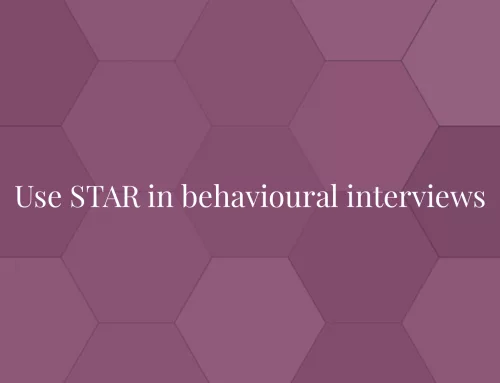Job application, at its core, is communication. If you are unable to convey your competences to recruiters, your application will fail. Regardless of your skills, vocabulary, or experience, you should construct job applications that are readable. Furthermore, Applicant Tracking Systems (ATS) also factor readability scores in shortlisting applicants. Luckily, we can quantify the readability of your application. Using readability scores, you can tweak the content of your application documents to increase the chances of landing interviews.
Of the many definitions of readability, my favourite is the 1949 definition by Dale and Chall as mentioned in their Concept of readability.
The sum total (including all the interactions) of all those elements within a given piece of printed material that affect the success a group of readers have [sic] with it. The success is the extent to which they understand it, read it at an optimal speed, and find it interesting.
What is Readability Score?
In general, it’s how easy to read your content is. But, people read at different levels. What a graduate student considers readable is different from what a high school does. If you write only to what’s readable for you without considering others, your content will evoke misunderstanding, ambiguity, and frustration.
Tools, such as the Flesch-Kincaid Readability Tests, Coleman Liau index, Automated Readability Index (ARI), SMOG, etc. help determine the level a reader needs to be to understand your content. Some are more subjective than others. But, for the most part, the content is evaluated on these dimensions:
- sentence length
- too many short sentences give the content a staccato feeling of starting and stopping too often
- too many long sentences make the content feel burdensome and cause the reader to lose focus
- scanability
- use of headers
- paragraph length
- vocabulary level
- word commonality
- syllable count for each word
- the average length of words
- active vs passive voice
- punctuation mechanics
There are multiple readability tests that you can use, but the most popular is the Flesh-Kincaid readability score. Flesch-Kincaid uses a scale of 1-100. The higher the score, the easier your application is to read.
Jargons
Sometimes, you are required to use technical jargons. In such cases, rephrasing the text helps. For example, use ethernet cable instead of CAT5. But, make sure that your sentence length and jargons are appropriate for your target audience. Break your headings and make your content easy to eyeball. Especially, if your audience is a slightly more advanced with a foundational knowledge of the subject, you’re fine to use jargons.
Structure
When writing applications, structure is extremely crucial. Your content should have a rhythm. Include sub-headings to break up your text. This will guide the reader’s eye and provide clear breaks. Sub-headings should also offer a brief summary of the overall content. In terms of style, there’s plenty you can do to improve readability. Group text in threes where possible. If you’re using sub-headings, insert them after three paragraphs. You can even three sentence paragraphs.
Other factors
A number of factors, such as cultural references, voice, and word determine how readable your job application is. Readability scores approximate how readable your job application is. It’s a helpful metric that can identify when you may be using overly long sentences or too many words for your target audience. It’s a valuable tool to show a writer when they may be overshooting in writing something that may go over the head of the audience.




Leave A Comment